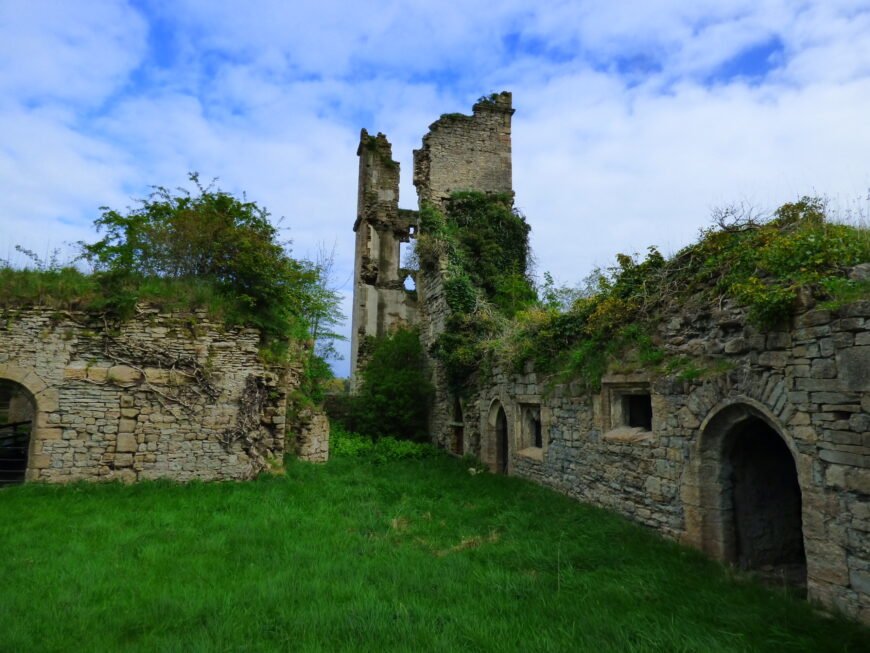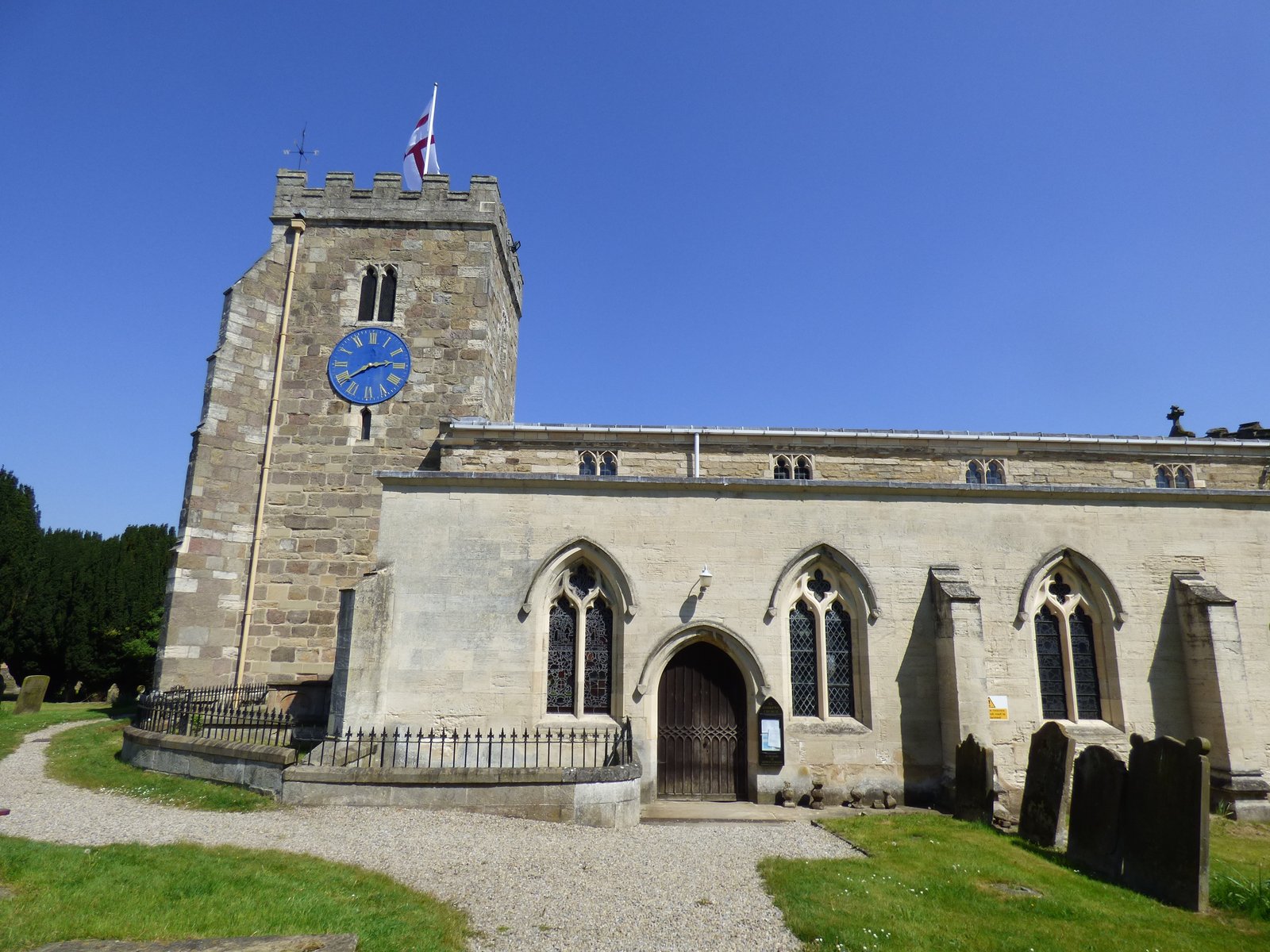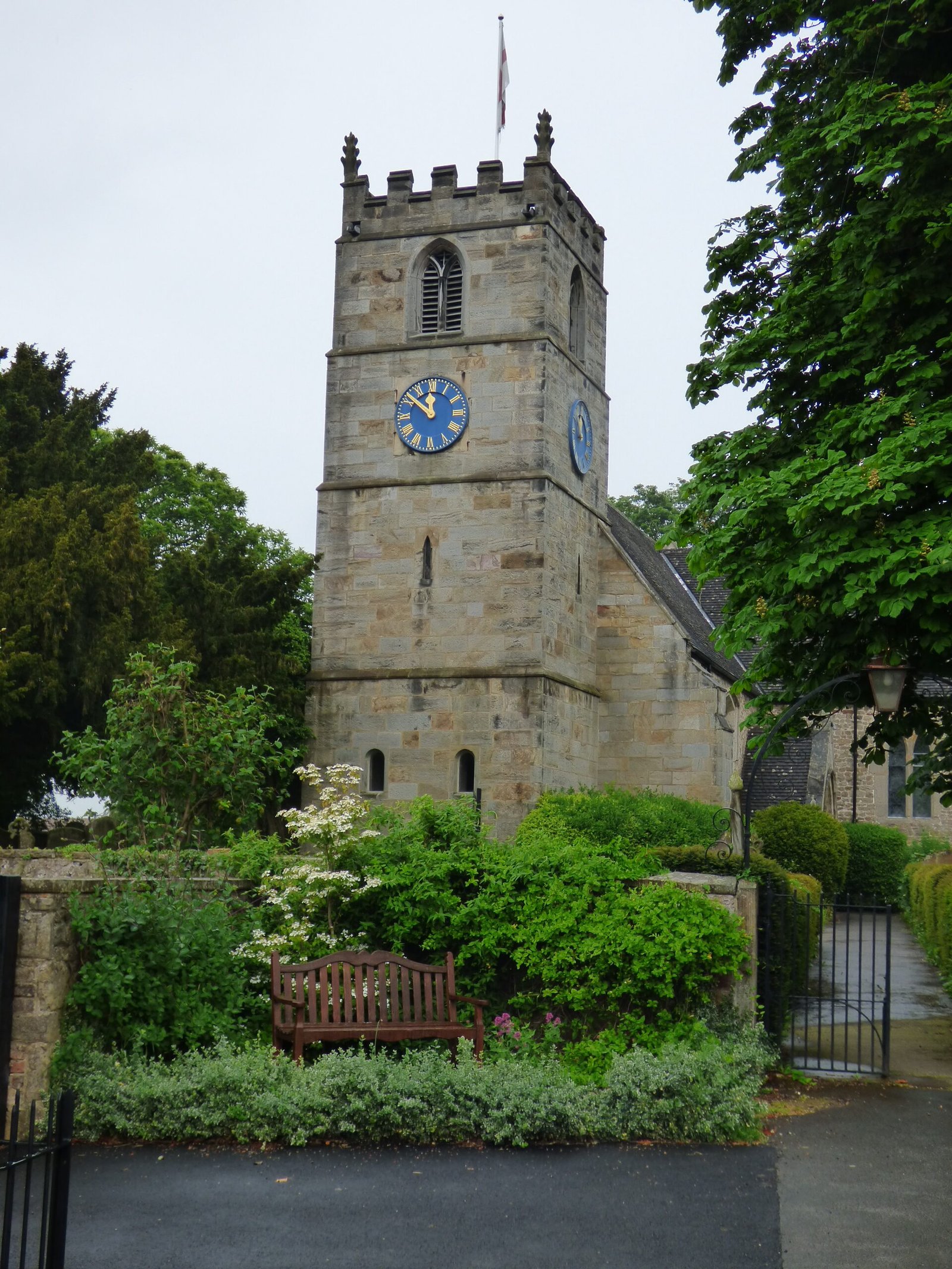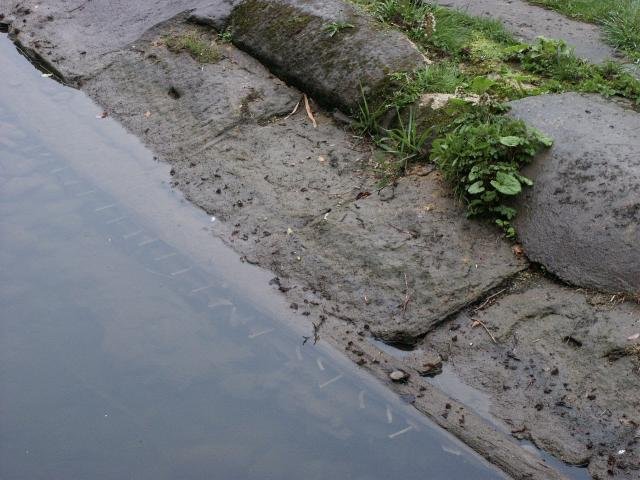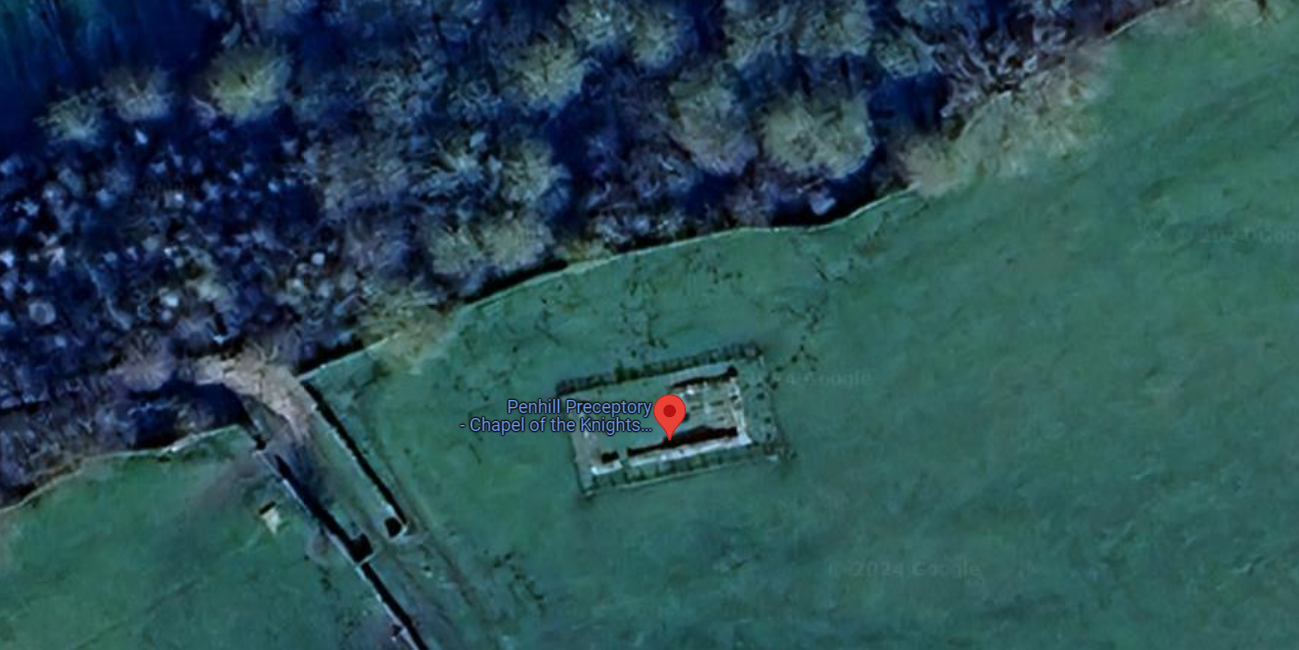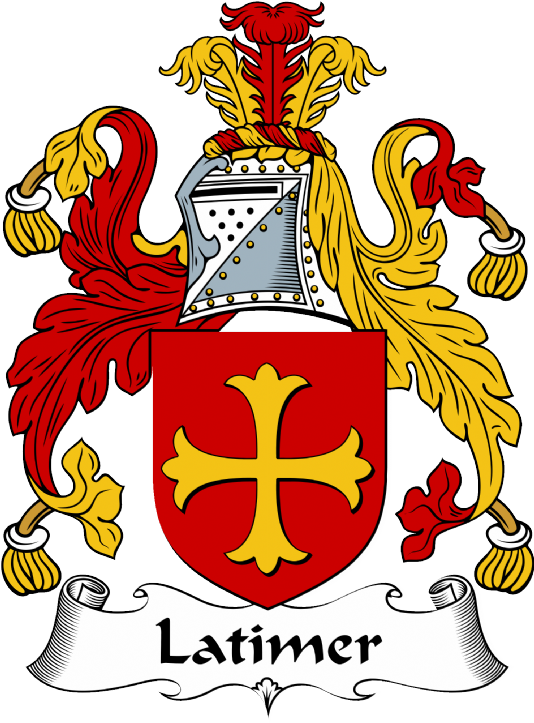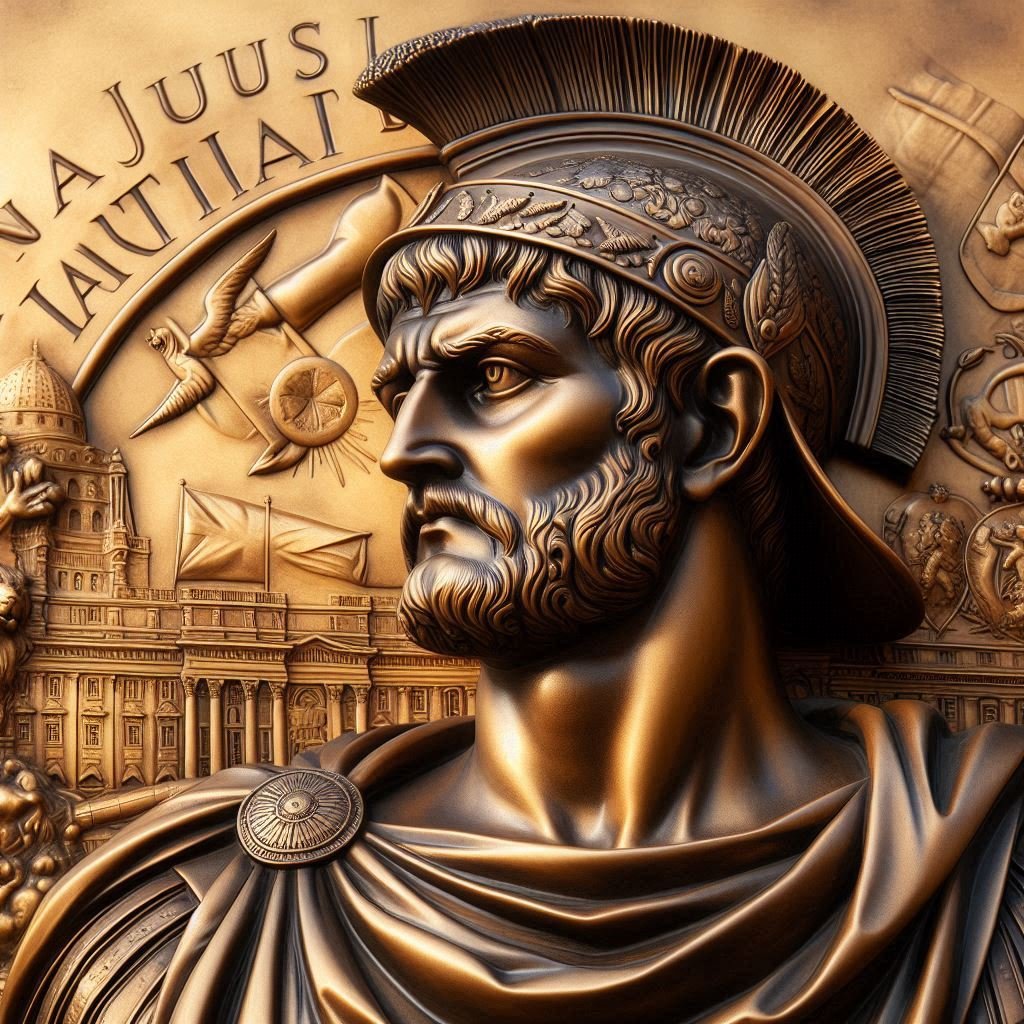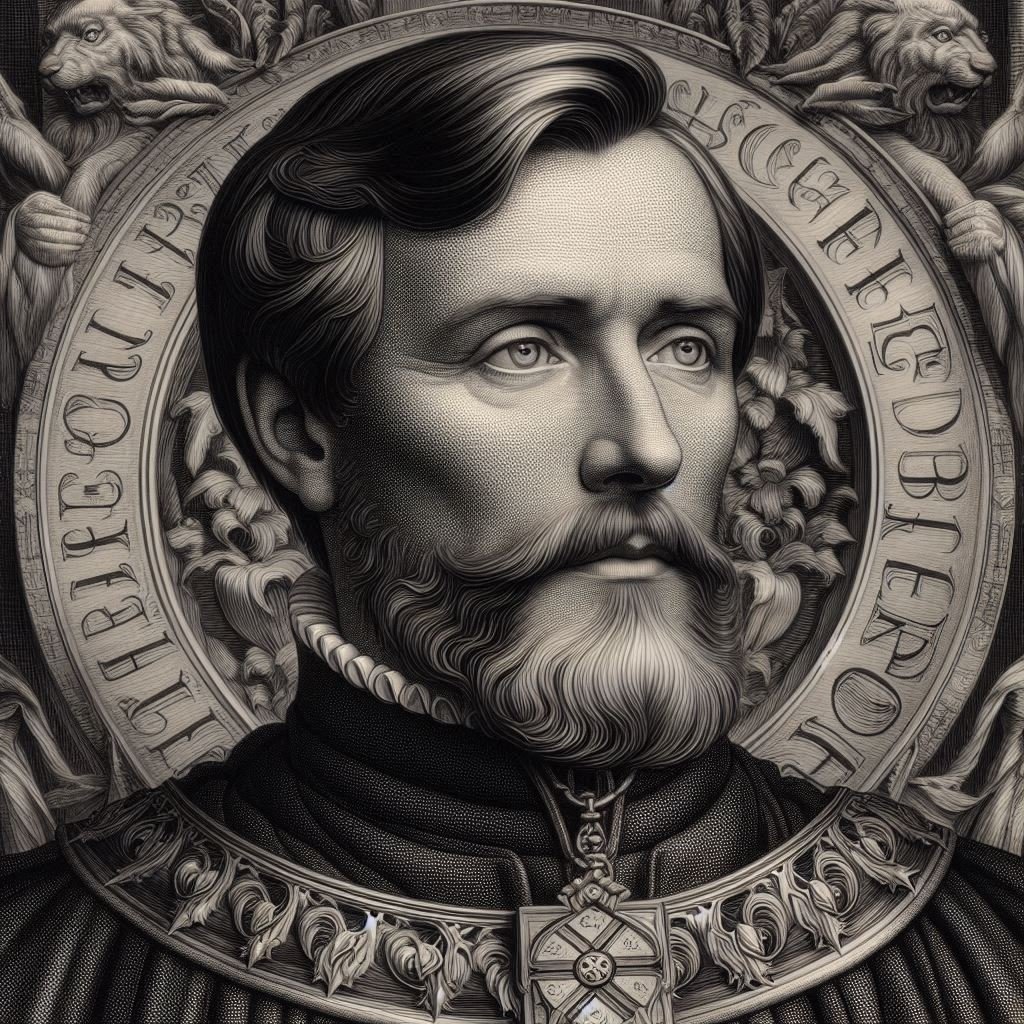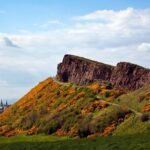Linked Pages
St Mary’s Chapel, Snape Castle
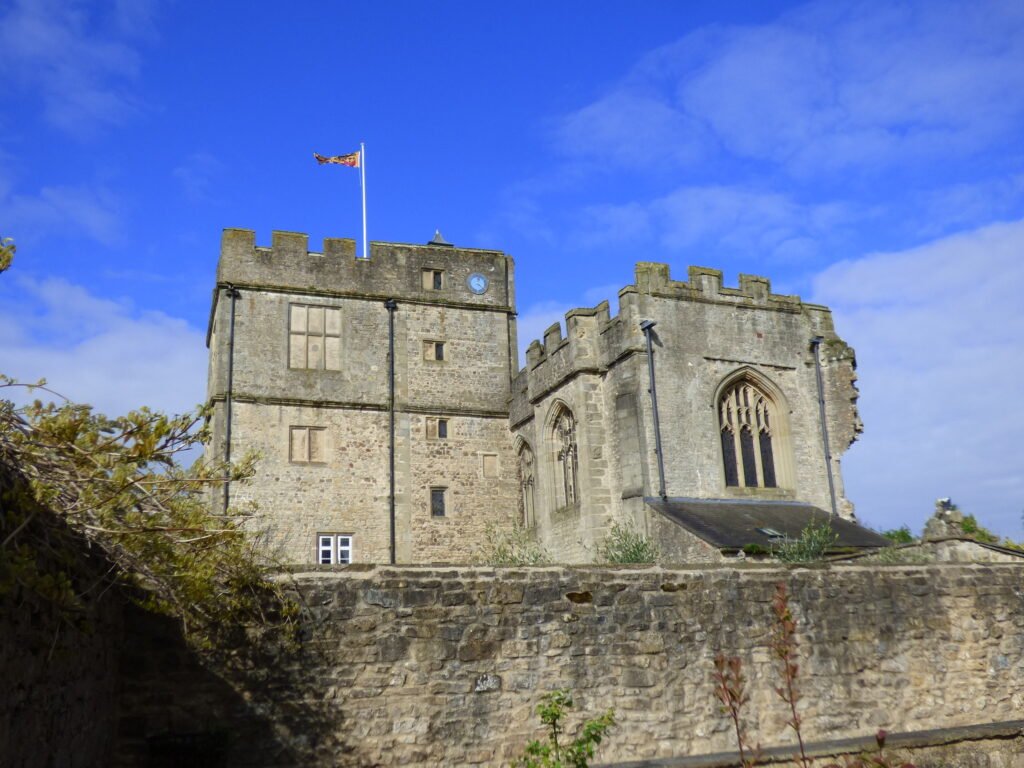
St Mary's Chapel, nestled within the historic Snape Castle, is a remarkable edifice with a rich tapestry of history that dates back to the 15th...
Site Details:
 Snape Castle, located in North Yorkshire, played a pivotal role during this turbulent period. It was the residence of Katherine Parr, who would later become the sixth wife of King Henry VIII, and her husband, John Neville, 3rd Baron Latimer. During the Pilgrimage of Grace, Lord Latimer was coerced into supporting the rebels, and Snape Castle became a focal point of the rebellion.
Snape Castle, located in North Yorkshire, played a pivotal role during this turbulent period. It was the residence of Katherine Parr, who would later become the sixth wife of King Henry VIII, and her husband, John Neville, 3rd Baron Latimer. During the Pilgrimage of Grace, Lord Latimer was coerced into supporting the rebels, and Snape Castle became a focal point of the rebellion. 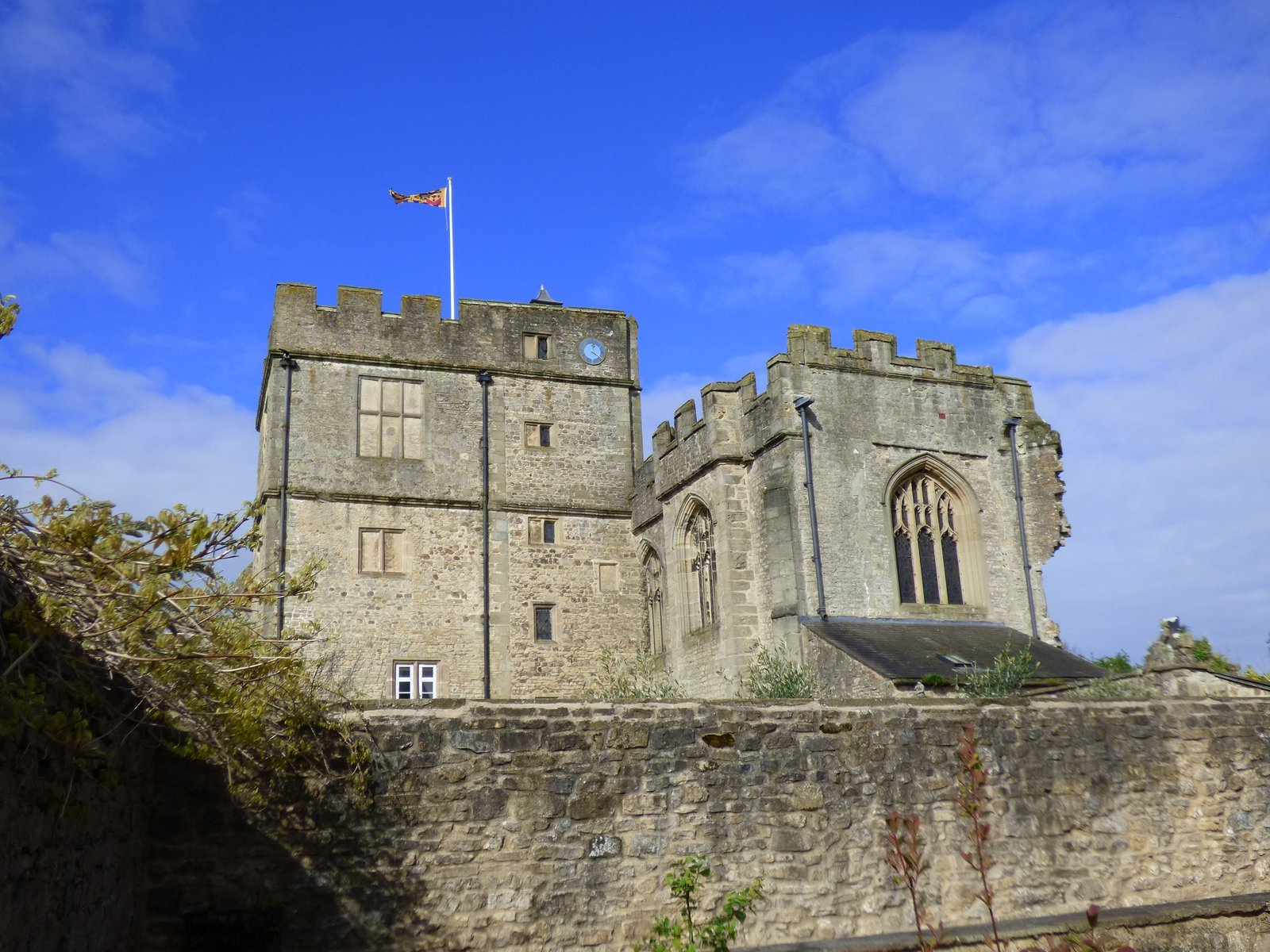 The castle was besieged, and Catherine Parr, along with her stepchildren, was held hostage by the rebels, which forced Lord Latimer to participate in the uprising. This event not only highlighted the widespread influence of the Pilgrimage of Grace but also underscored the vulnerability of noble households to the pressures exerted by the rebels. The impact of the Pilgrimage of Grace on Snape Castle and its inhabitants was profound. It demonstrated the extent to which the rebellion had penetrated the social fabric of Tudor England, affecting both the commoners and the nobility. The siege of Snape Castle was a microcosm of the larger conflict that was unfolding across the country, as it brought the consequences of the King's policies directly to the doorsteps of the nobility. The involvement of Katherine Parr and her family in these events would have lasting implications, as it provided her with a unique perspective on the religious and political upheavals of the time, which she carried into her later role as Queen Consort.
The castle was besieged, and Catherine Parr, along with her stepchildren, was held hostage by the rebels, which forced Lord Latimer to participate in the uprising. This event not only highlighted the widespread influence of the Pilgrimage of Grace but also underscored the vulnerability of noble households to the pressures exerted by the rebels. The impact of the Pilgrimage of Grace on Snape Castle and its inhabitants was profound. It demonstrated the extent to which the rebellion had penetrated the social fabric of Tudor England, affecting both the commoners and the nobility. The siege of Snape Castle was a microcosm of the larger conflict that was unfolding across the country, as it brought the consequences of the King's policies directly to the doorsteps of the nobility. The involvement of Katherine Parr and her family in these events would have lasting implications, as it provided her with a unique perspective on the religious and political upheavals of the time, which she carried into her later role as Queen Consort.  In the aftermath of the Pilgrimage of Grace, Snape Castle, like many other estates involved in the rebellion, would have experienced a period of scrutiny and tension. The King's response to the uprising was severe, with many participants being executed or punished, and estates being closely watched for any further signs of dissent. The rebellion ultimately failed to achieve its objectives, but it left an indelible mark on the history of Tudor England and the legacy of places like Snape Castle, which bore witness to these historic events. The Pilgrimage of Grace serves as a poignant reminder of the complex interplay between power, faith, and resistance in the 16th century.
In the aftermath of the Pilgrimage of Grace, Snape Castle, like many other estates involved in the rebellion, would have experienced a period of scrutiny and tension. The King's response to the uprising was severe, with many participants being executed or punished, and estates being closely watched for any further signs of dissent. The rebellion ultimately failed to achieve its objectives, but it left an indelible mark on the history of Tudor England and the legacy of places like Snape Castle, which bore witness to these historic events. The Pilgrimage of Grace serves as a poignant reminder of the complex interplay between power, faith, and resistance in the 16th century.  Her proximity to the events of the Pilgrimage of Grace gave Catherine Parr a unique insight into the complexities of Tudor politics and the religious upheavals of the time. It is probable that her strong reaction against the rebellion and her subsequent experiences influenced her adherence to the reformed Church of England. After the rebellion, Catherine's role evolved as she became the sixth wife of King Henry VIII. Her time at Snape Castle during the Pilgrimage of Grace likely shaped her views and actions as Queen Consort, particularly in her support for religious reform and her influence on the education of her stepchildren, including the future Queen Elizabeth I.
Her proximity to the events of the Pilgrimage of Grace gave Catherine Parr a unique insight into the complexities of Tudor politics and the religious upheavals of the time. It is probable that her strong reaction against the rebellion and her subsequent experiences influenced her adherence to the reformed Church of England. After the rebellion, Catherine's role evolved as she became the sixth wife of King Henry VIII. Her time at Snape Castle during the Pilgrimage of Grace likely shaped her views and actions as Queen Consort, particularly in her support for religious reform and her influence on the education of her stepchildren, including the future Queen Elizabeth I.  Ownership of Snape Castle passed through various hands, including the Cecil's of Burghley House, who were instrumental in its extension and renovation, showcasing the castle's adaptability and enduring legacy. In the 20th century, the estate was acquired by William Ropner, marking a transition from aristocratic to private ownership, which continues to this day within the Ropner family. The castle's influence extends beyond its walls, having been a centre for the wool combing trade in the 19th century and its connection to the wider historical narratives of Middleham Castle and Richard III.
Ownership of Snape Castle passed through various hands, including the Cecil's of Burghley House, who were instrumental in its extension and renovation, showcasing the castle's adaptability and enduring legacy. In the 20th century, the estate was acquired by William Ropner, marking a transition from aristocratic to private ownership, which continues to this day within the Ropner family. The castle's influence extends beyond its walls, having been a centre for the wool combing trade in the 19th century and its connection to the wider historical narratives of Middleham Castle and Richard III.
